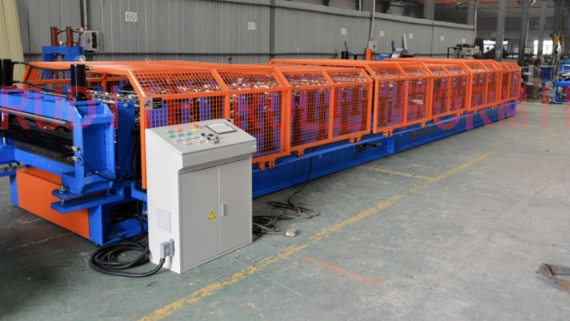While roll forming machines are known for their efficiency and ability to minimize waste, there are several factors that can contribute to scrap, including:
1. Incorrect Setup
- If the machine isn’t set up correctly, such as the wrong alignment of rolls or incorrect die configuration, it can lead to misformed parts, increasing the scrap rate.
- Regular maintenance and proper setup procedures can greatly reduce this type of waste.
2. Material Issues
- Variations in material thickness, hardness, or quality can cause issues in forming consistent parts, leading to higher scrap rates.
- Ensuring quality control of the metal coils before processing can help minimize material-related scrap.
3. Tooling Wear
- Over time, the forming rolls and other tooling components can wear down, causing defects in the finished parts, which increases scrap.
- Regular inspection and timely replacement of worn tooling are essential to keep scrap rates low.
4. Incorrect Tolerances
- If the machine is not set up to form parts within specified tolerances, out-of-spec parts will be scrapped.
- Using precise measurements and machine calibration ensures the final product meets the necessary standards.
5. Operator Error
- Human error during machine operation or handling of materials can lead to improperly formed parts or damage, increasing the scrap rate.
- Providing thorough training for machine operators can reduce the risk of mistakes.
6. Start-Up and Shut-Down Waste
- Some scrap is naturally produced during the start-up and shut-down of the roll forming line as the machine reaches optimal operating conditions.
- Optimizing the start-up process can minimize this waste.
How to Minimize Scrap Rate:
- Regular Machine Maintenance: Ensuring that the machine and tooling are in good condition.
- Operator Training: Proper training for machine operators to ensure they understand how to set up and run the machine efficiently.
- Material Inspection: Checking material quality before feeding it into the machine to avoid processing substandard coils.
- Automation: Utilizing automated controls to ensure precise adjustments and minimize human error.
Understanding and managing these factors can help keep the scrap rate as low as possible, ensuring cost-effective and efficient production.



